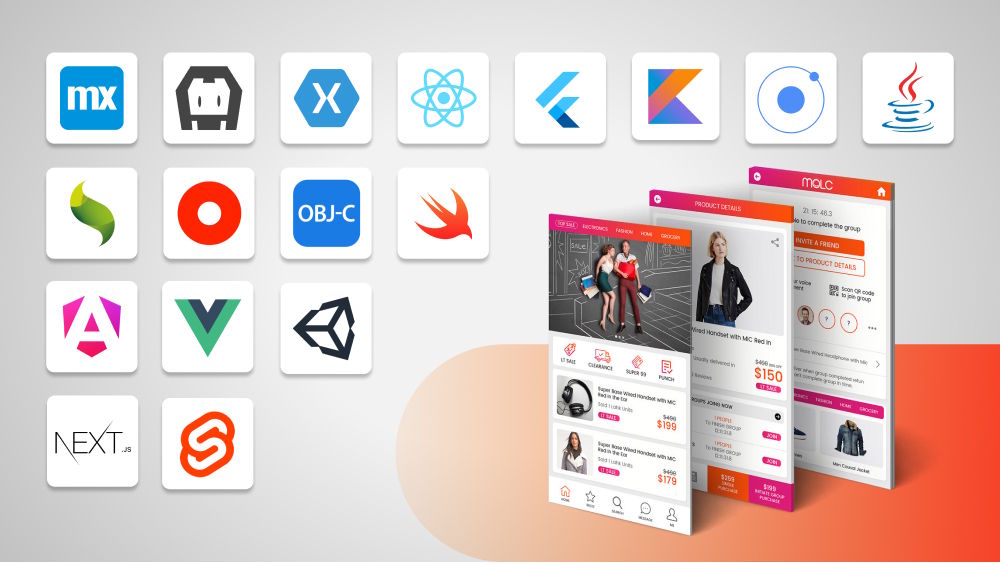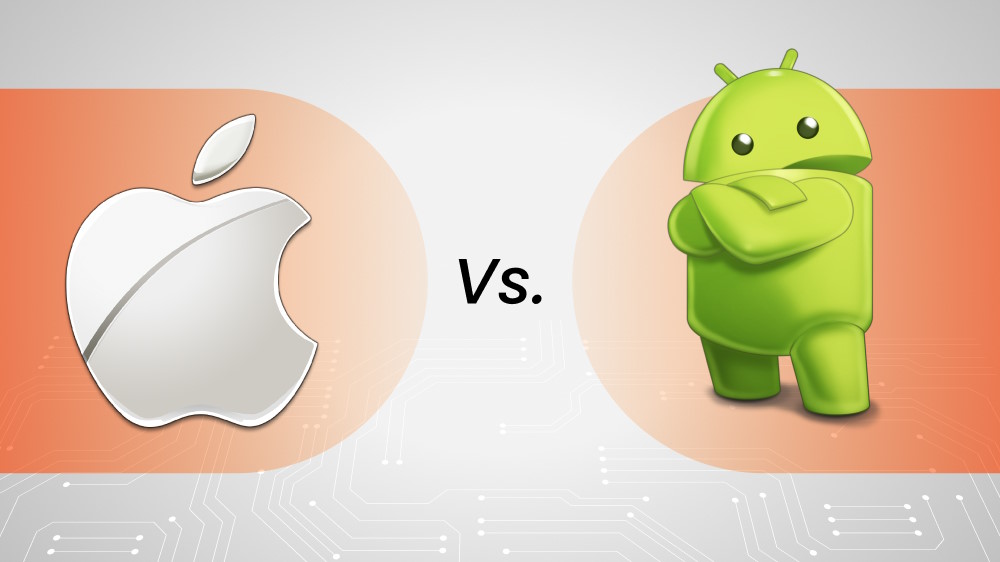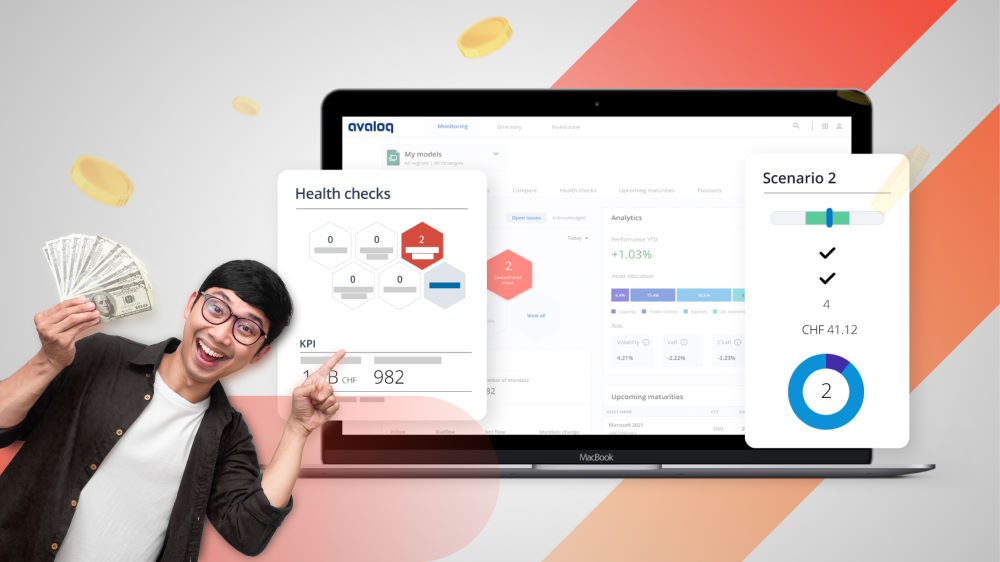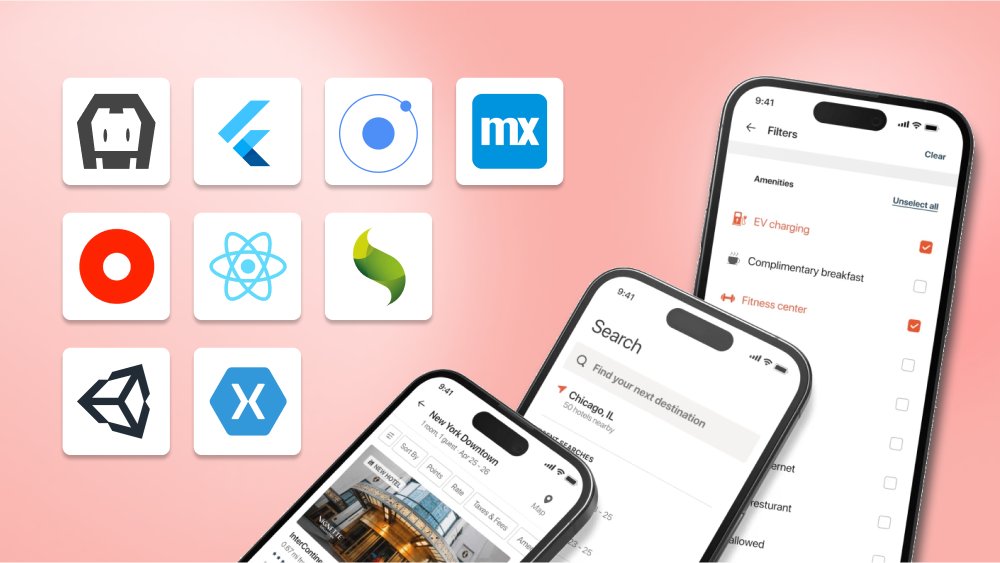Legacy application modernization: is it time to take the leap?

Content Map
More chaptersEvery year we hear about a groundbreaking technology that promises to change the way we do business, be it virtual reality, blockchain, or AI. Meanwhile, your organization is still using a legacy system with virtually no hope of catching up. You see news about AI software enabled by big data. Still, your organization’s devices aren’t connected to any cloud, let alone the well-prepared data infrastructure to train the machines and make magic happen (metaphorically).
For an organization with a legacy system like yours, the speed of technology transformation may seem breakneck. How do you join in the race with what you have? After all, renovating a house is often cheaper than buying a new one. How to proceed with reasonable justification and know-how? This article discusses the benefits and challenges of making a case for legacy system modernization.
What’s a legacy system?
Gartner defines a legacy system as an information system that may be based on outdated technologies, but is critical to daily operations. The obsolete technology may be less than several years old, but as soon as it hinders business processes, it can be considered a legacy system.
Legacy software tends to have a monolithic architecture with an on-premise data center. When a single component needs to be scaled up to serve a heavy load, you must upgrade the entire application. Non-integrated, on-premise data must be retrieved manually and is prone to losses.
Technologies have been changing at breakneck speed. Your IT system may become obsolete faster than you think. When your business processes and future growth depend on it, software modernization should be considered as soon as it shows signs of diminishing returns.
Main issues of legacy applications
If you skip a few software updates, does it become obsolete? Is it time for a total upgrade if an application is more than five years old? The answers to these questions are more complex than just the age of the IT systems. Here are the signs to look for when assessing your needs for system modernization.
No available support
Your legacy system may have reached its end-of-life warranty. For example, Microsoft ended technical support and security updates for Windows 7 in 2020. The same will happen for Windows 8 by 2023, and Windows 10 by 2025. Your legacy software likely runs on outdated hardware which does not have the system requirements to operate more advanced versions. Since a legacy system allows little space to scale, this would put your business in a rut.
Lack of features and integration
A legacy system does not enjoy the new features and improved design of more recent versions. For example, an older eCommerce platform might not have AI-powered personalized recommendations. Using API integrations such as Google Machine Learning Kit is one quick way to add more features at a fraction of the cost of building it. These APIs are often expected in most apps, such as maps, weather, flight data, currency exchange, etc. However, the majority of APIs now need cloud-based connectivity. If your legacy system works on-premise only, then you’ll find your options for third-party integrations getting smaller.
Many legacy applications were never designed for integration; thus, data silos are another byproduct. This necessitates error-prone manual retrieval of data. Also, the applications are kept isolated from business intelligence and insights gained from an integrated system.
Poor performance
Legacy applications are slow and lagging because they lack the updated features and integration to optimize performance. Therefore, they can’t be scaled across multiple platforms and perform poorly on mobile devices. With no mobile version, they are also not user-friendly, since by 2020, as much as 68% of website visits are on mobile devices.
Dwindling number of experts
Tech workers are under pressure to keep learning. Mastery of new technologies promises higher demand, better compensation, and career satisfaction, so their incentives to move with the trends are strong. This makes it harder for you to find people willing to work with outdated programming languages.
Tech workers also draw resources and advice from thriving online communities. Resources such as libraries, frameworks, and tools are invaluable for them to do a good job. The lack of community support and interest in obsolete technologies discourages your IT staff from continuing to continue working with them. This also means your staffing budget must be able to afford senior staff, since virtually no interns or juniors are taught or willing to work with legacy applications.
Weak security
The older the software gets, the easier it can be hacked, because attackers have had enough time to uncover the vulnerabilities. Furthermore, old security protocols and standards make meeting regulatory compliance more difficult - laws on user data protection would place a massive burden on a legacy application. These vulnerabilities also demand frequent patches, resulting in costly maintenance.
Costly maintenance
Since poor development often leads to costly maintenance, some applications age faster than others. If the software were developed using inappropriate tech stacks and approaches, it would have a shorter shelf-life. If you end up with a legacy application, chances are you don’t know its creators and don’t have adequate documentation to understand how it works. The application fails to satisfy the intended business needs, but it would be tedious to trudge through the nearly incomprehensible blocks of codes.
Admittedly, legacy system modernization requires substantial investment. However, considering the problems above, keeping a legacy system likely results in losing more in the long term. Business processes and IT systems are increasingly coordinated nowadays, so delaying the digital transformation for your company often means forgoing profitable business opportunities. Legacy system modernization provides the strategies to manage the long-awaited change.
What is legacy system modernization?
Legacy system modernization is the process of upgrading outdated software to include current features, infrastructure, and architecture. Specifically, this involves transforming a monolithic legacy application into microservices, migrating on-premise data to the cloud for integration, and setting up automation, among other upgrades.
Depending on your business needs, the extent of a modernization strategy ranges from optimizing existing code, migrating to a new environment, or replacing it with a brand-new system.
Benefits of legacy system modernization
Considering the problems above, you have a strong case for legacy system modernization. Research reveals a radical shift in mindset during the COVID crisis. McKinsey reports that most executives have prioritized digital transformation as a critical business strategy. Logicalis discovers that 79% of CIOs believe changing processes are why their organization is falling behind competitors.
This new mindset comes from business operations going digital to meet the demand for remote work during the pandemic. In the new condition, legacy applications are standalone systems with limited flexibility and scalability. Apart from the fear of losing to competitors, here are some benefits of modernizing legacy systems.
Optimize business processes
How many times do you have to apologize for unexpected issues caused by system failure? How many customers have you lost or missed out on due to lagging performance? How frustrated has your staff been working with old-fashioned applications? How much extra person-hour do you have to pay for manual labor? A modernized system performs better because it is developed using the latest technologies. As a result, faster performance and improved reliability reduce downtime risks and cut related losses.
Happier customers and employees
You’ll be able to hire IT staff with relevant and updated skills at reasonable salaries. There are also more choices of outsourcing vendors, since outsourcing companies tend to offer the most advanced technologies.
Remote work is a trend necessitated by the pandemic, and preferred by more and more employees. The communication and collaboration software required for remote work is part of the cloud infrastructure necessary to make hiring easier.
You will receive higher customer satisfaction, because newer technologies have a better user interface, more intuitive user experience design, and more secure data protection.
Leverage business intelligence
Business intelligence is gathered by leveraging big data, for which an integrated, cloud-based data infrastructure is a must. Once this is set up, you can tap into various insights to reach well-informed resolutions backed by rich data. You can finally minimize the guesswork in decision-making.
Cost saving
Like a house or a car, the older the legacy system gets, the more costly it is to maintain. Once the system is modernized, you could save up to 35% to 50% of your budget on infrastructure and maintenance. Moreover, new systems support regulations and compliance requirements. Flaky patches can never prevent violations which could result in expensive penalties.
Fast analysis and prevention of fraud
New technologies such as blockchain allow tracing ownership and authenticity, among other functionalities that limit fraud with enhanced security. This is invaluable for high-security businesses such as supply chain management, copyright protection, and online luxury purchases.
Challenges in modernizing legacy applications
Making the business case for legacy system modernization can be challenging in companies where the mindset remains resistant to change. Let’s examine this side of the coin to see if any caution can minimize the risks of a software modernization initiative.
Reluctant personnel
Change is inherently hard. It can be even harder when the legacy system is mission-critical. Changing such a legacy application entails re-training your staff, giving them time to adjust, or even hiring new staff. Some IT personnel in charge of the legacy software will inevitably see such a system overhaul as a threat to their job security.
Therefore, this IT transformation leads to transformations in other departments, which may take resources away from the core operations. Managing these organizational transformations pose a challenge for decision-makers.
Expensive investment
Technological investments are not just expensive but also intensive: technological changes keep coming, and each change may cost your company a fortune. Which change is worth your well-earned profit, and how can you prolong its life cycle to recover the investment before the next one? A suggestion is to prioritize the functions that promise to generate enough return to pay for themselves. Keep firm priorities to navigate the confusion and acclimatization during the transition to a new system. Avoid simultaneous modernization; take it step by step.
Technological challenge from legacy code
Legacy code was written for a specific platform and functionalities. Your software re-engineering developers need the competencies of handling both legacy code structure and current coding standards. Fixing other developers’ codes often causes headaches among software engineers. Thus, refactoring existing codes needs people with highly relevant experience to proceed with care.
When to modernize legacy systems?
Given the benefits and challenges of legacy system modernization, it may be tempting to build a new system. When to modernize a legacy system, and when to replace it?
Software modernization promises positive returns when there is no ready-made replacement that would satisfy all business needs and security regulations. The legacy system still has its uses, although upgrading it as is would be too costly. Modernization efforts should focus on migrating and re-engineering critical components, step by step, to keep disruptions to a minimum.
On the other hand, you should consider developing a brand new system when the technological gap is unbridgeable. The technology is so obsolete that modernization would be excessive or too effort-consuming. Starting with a clean slate may also help you clarify your business goals and identify opportunities that have been out of your reach due to existing IT limitations.







